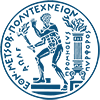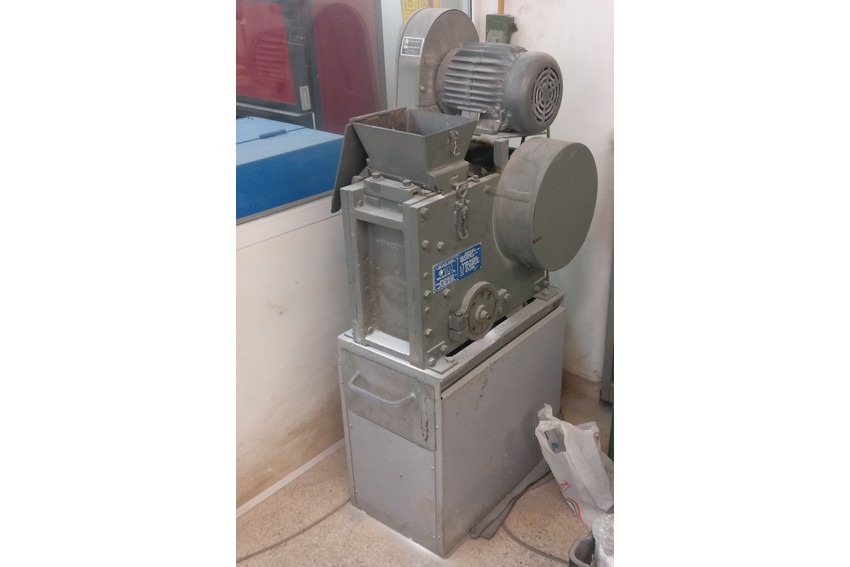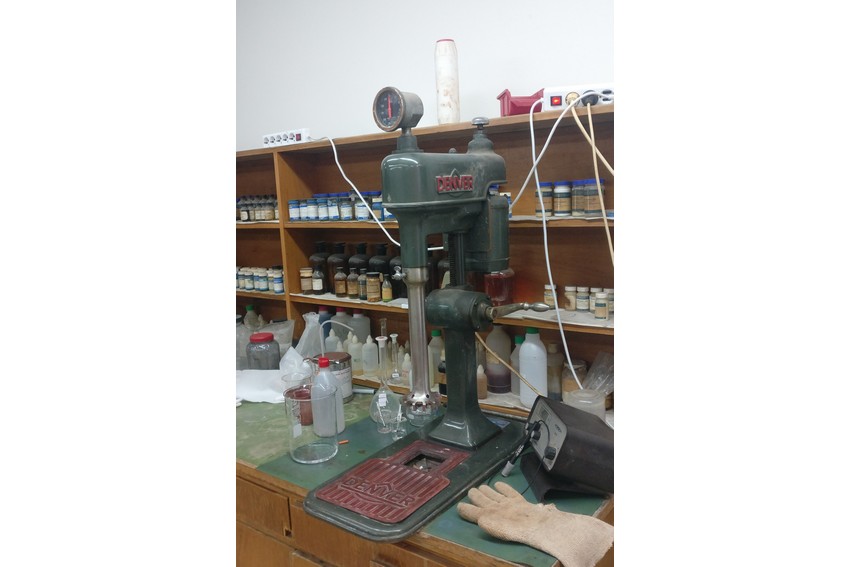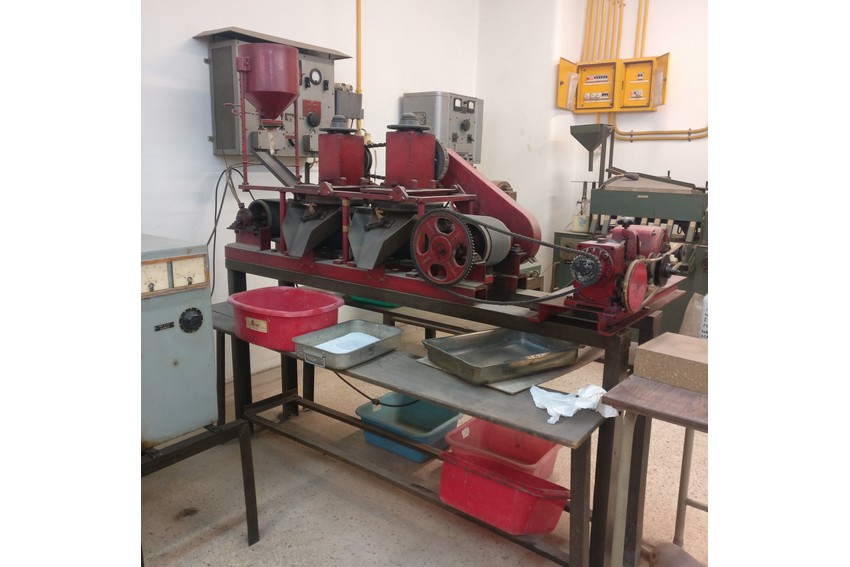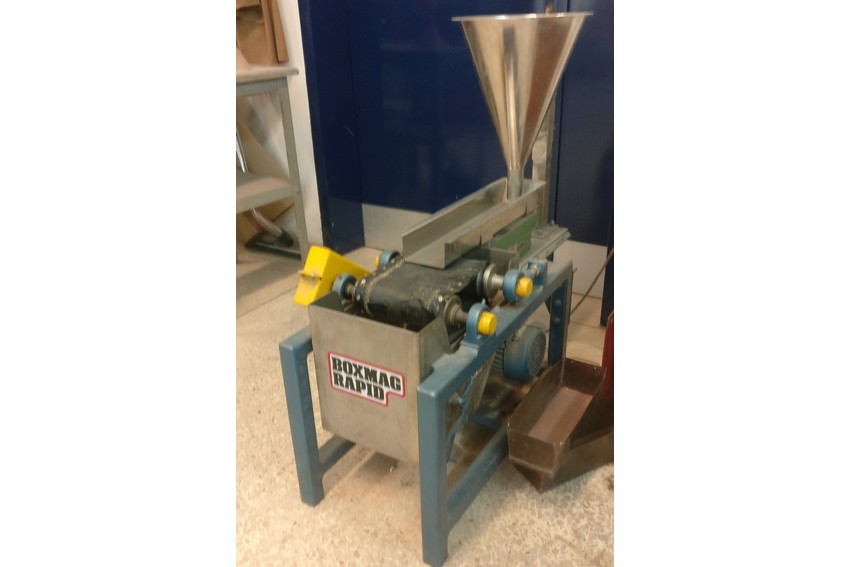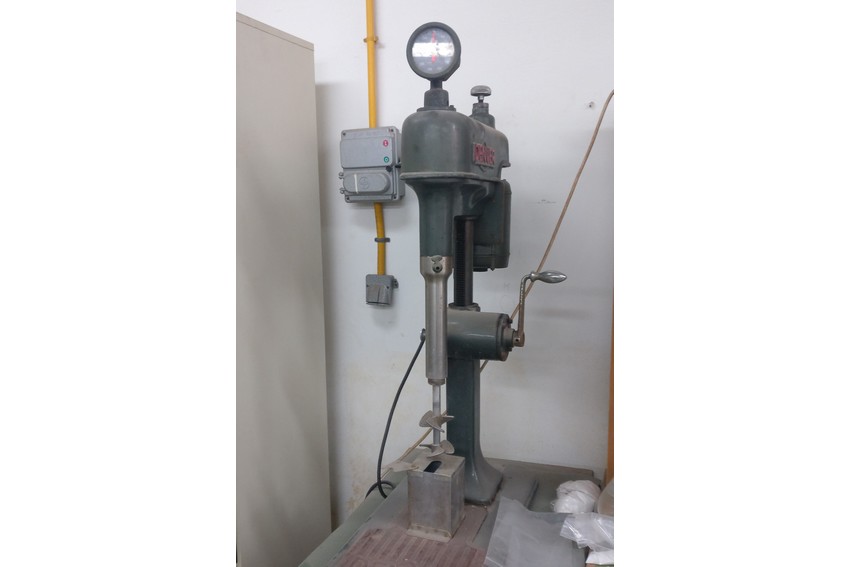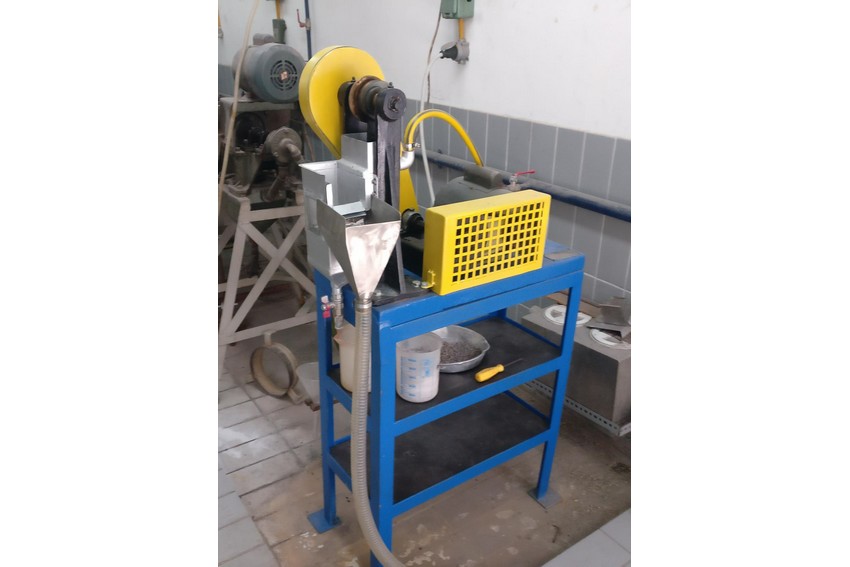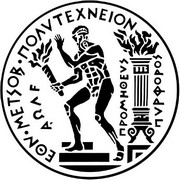
Identity
Year of Establishment:
The Laboratory was established in 1980 according to the Government Gazette 179/8-8-1980 issue A.
Director:
Prof. Dr. Georgios N. Anastassakis
School of Mining and Metallurgical Engineering, National Technical University of Athens (NTUA)
Section of Metallurgy and Materials Technology
9 Iroon Polytechniou str., NTUA Campus, 15780 Zografou
Athens, Greece
Tel.: 0030 210 7722162
e-mail: ganastas@metal.ntua.gr, mmmsga@central.ntua.gr
Contact Information:
Prof. Dr. Georgios N. Anastassakis
Tel.: 0030 210 7722162
Εmail: ganastas@metal.ntua.gr, mmmsga@central.ntua.gr
Website:
https://www.metal.ntua.gr/?page_id=4770
Short Description – Historical Background
The Mineral Processing Laboratory of NTUA was the unique academic Laboratory, which, along with the corresponding Laboratories of I.G.M.E. (Institute of Geological and Mining Exploration and G.E.M.E.E. SA (General Corporation of Mining and Research Exploitation SA.), was dealing in the past 50 years (flourishing era of the Greek Mining Industry) and is still dealing with the research on issues of mineral processing and exploitation of ores, industrial minerals and rocks of Greece.
The Laboratory of Mineral Processing, established officially as NTUA Laboratory under the Government Gazette issue 179 Α/08-08-1980, although had been in operation in the Department of Mining and Metallurgical Engineering NTUA many years before its official establishment thanks to the late Professor Antonios Z. Frangiskos. In the year 1983, it was officially allocated to the aforementioned Department under the Government Gazette issue 80 Β/01-03-1983. Today, the Laboratory is located on the 1st floor of the Mining and Metallurgical Engineering Building in NTUA Campus occupying an area of about 400 square meters.
Principal Activities of Mineral Processing Laboratory
The principal activities of the Laboratory related to its broad field are summarized to the following (ostensive):
- Mechanical preparation (size reduction and classification) of ores, industrial minerals and rocks as well as determination of their structural characteristics (Bond index, Los Angeles tests, strength).
- Determination of aggregates/crushed products size characteristics, porosity, etc.
- Production of raw materials for cement and concrete.
- Beneficiation tests of ores, industrial minerals and coal by: gravity separation (heavy media, jigging, tabling, spiral separation), magnetic and electrostatic separation, flotation, etc.).
- Fine particles separation through physicochemical methods.
- Recovery of secondary raw materials from solid waste (industrial, metallurgical slags, municipal, construction, etc.).
- Study, design and economics of installations related to mineral processing, aggregates production, solid waste recycling, etc.
